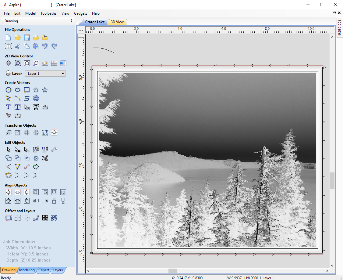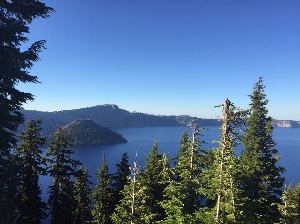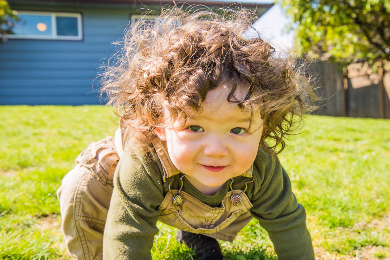Selecting Your Image
Our process begins by using very specialized high end software, Aspire© by Vectric™, that converts images to a very exact grayscale, and then uses the level of grey to build a depth map of the image.
To make a good lithopane, your source image needs to be bold, clear and, above all, high in contrast (differential between lighter and darker). Color photos take 2 to 3 more steps to prepare them for the conversion process, but these steps are fairly minor, consuming very little time, and still produce very nice results. Just like viewing any photo that you have printed, good pixel density yields better results. Most newer cell phone cameras (with the exception of the very newest models today) produce densities of around 6 to 10 megapixels. We consider this the minimum for a cell phone photo, as most of these cameras have fixed glass lenses.
Historic photos and older print photos need to be converted to digital format to begin the process. These should be scanned at as high a density as the scanner can support, preferably 1200 dpi or higher, with 4800 dpi considered very good. Images originally photographed in B&W will generally return very good results, as will large color images of faces; however, subtle landscapes simply won’t make much sense, as the differences in variation of grey produced affects the 3D depth map. If your image is B&W to start with, we will use it to create your piece. Please don’t convert images from color to B&W, or from B&W and color to greyscale, as some of the information that our software suite uses to create the code for machining will be lost in the conversion process.
In our experience, photos with minimal detail in the background always produce the best finished product. Leaves and building are okay, but things like grass and very tight patterns are hard to replicate in 3D in the short ¼” depth of the raw material.
The most important aspect is that you select a quality image that has a great deal of contrast. Contrast in the subject, especially differences from the background, sets the image cut deeper into the material, and produces a higher 3D profile within the solid surface.
- Shadows on faces reduce the contrast from other areas, and should be avoided if possible.
- Bright shine from a camera flashes, or other bright light sources, can be problematic; however, we can adjust that shine down a bit.
- Backgrounds with very high detail will detract from the main subject of the piece.




